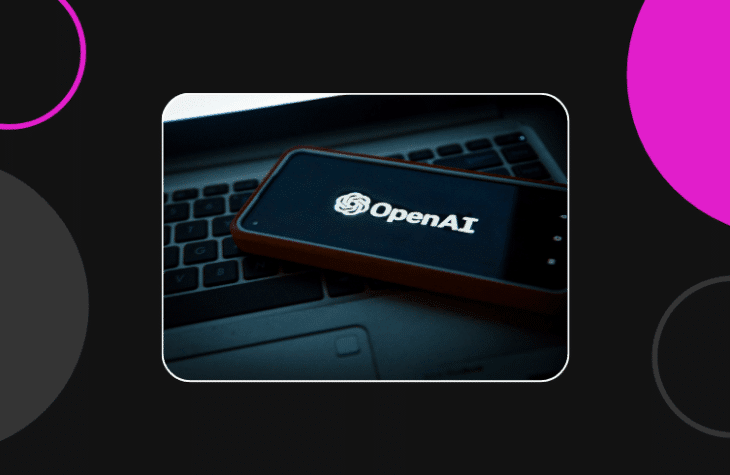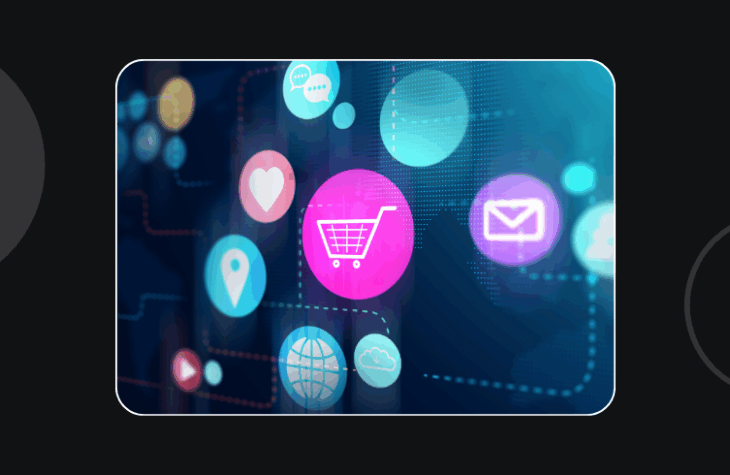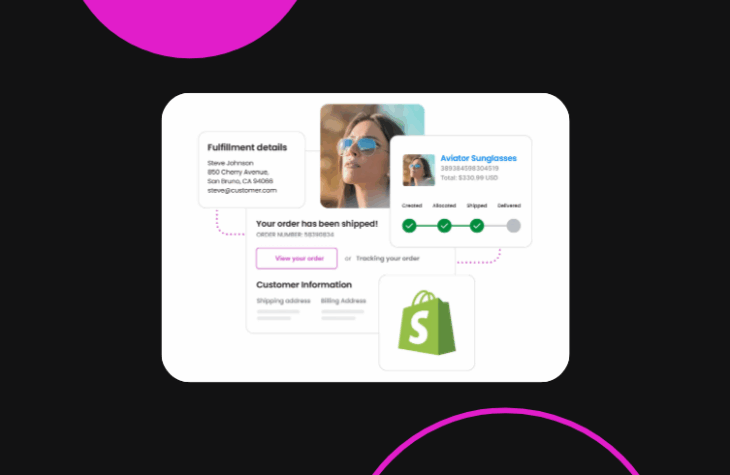Solving Dropshipping Challenges for Shopify Retailers
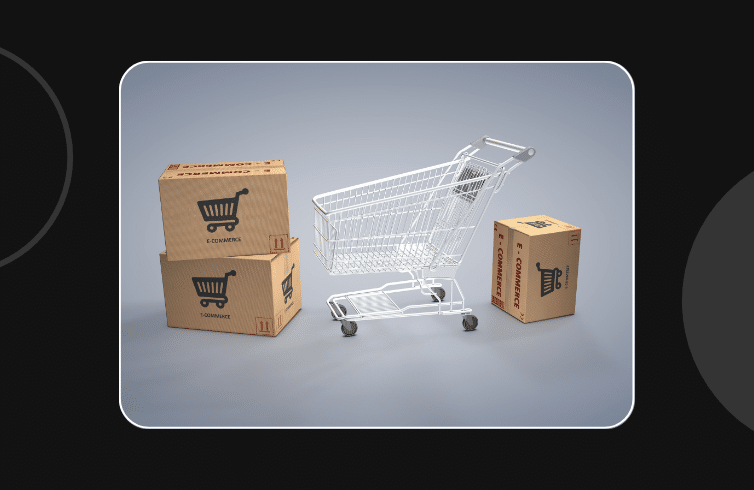
Dropshipping is easy to start with Shopify, but scaling introduces complexity, like inventory blind spots, shipping delays, and inconsistent customer experiences.
Intelligent order orchestration helps automate supplier selection, reduce split shipments, and streamline fulfillment workflows, particularly as vendor counts and order volumes increase.
Retailers should consider upgrading their operations when managing multiple vendors, experiencing frequent fulfillment issues, or expanding into new channels or product categories.
Shopify has empowered thousands of entrepreneurs to start dropshipping on Shopify with minimal risk, allowing you to launch an online store, import products, and test product catalogs without upfront inventory investment. As you scale your Shopify dropshipping store, you’ll eventually discover the value of product testing, cost control, and channel expansion.
However, managing a growing dropshipping business introduces new complexities, such as delayed shipments, inventory blind spots, and unpredictable shipping costs. In the U.S., the dropshipping market generated approximately $95.3 million in revenue in 2023 and is projected to reach $424.3 million by 2030, growing at a significant 23.8% CAGR from 2024 to 2030.
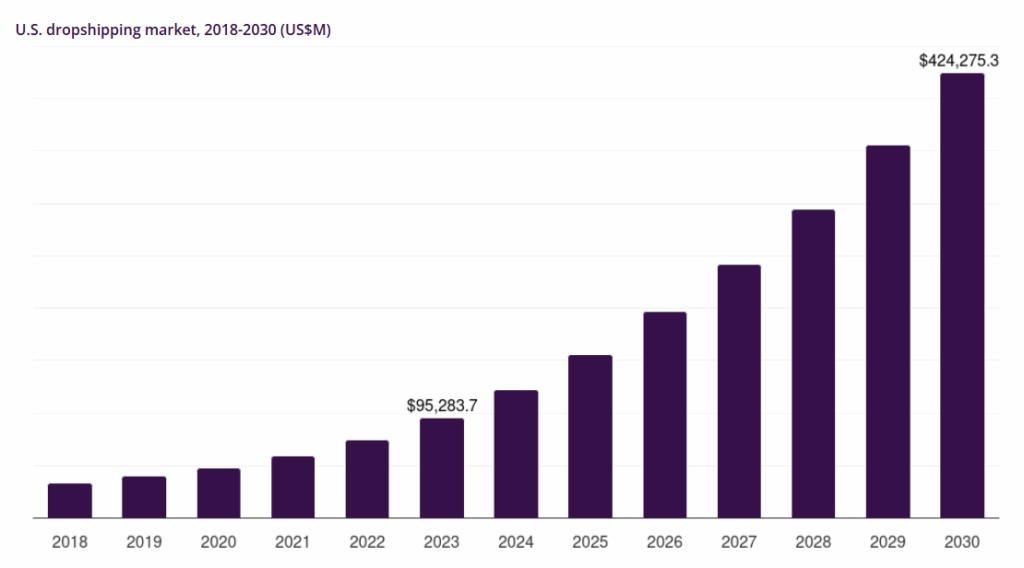
Source: Grand View Research
This rapid expansion highlights both the enormous potential of the model and the increasing operational demands that come with it.
In this article, we’ll review the operational challenges of scaling dropshipping with Shopify and explore smarter strategies, like intelligent order fulfillment, real-time inventory sync, and supplier orchestration, to help you build a reliable, scalable e-commerce store that delights your customers and supports long-term growth.
The value and appeal of dropshipping for Shopify merchants
Dropshipping offers compelling advantages for those launching an e-commerce store, and Shopify makes it easier for you to start a dropshipping business.
Here are some reasons why this business model is popular, making it ideal for store owners and potential customers alike:
Lower upfront inventory costs
Since you don’t need to pre-purchase stock, you can avoid inventory storage and warehouse expenses. This lean approach can yield profit margins up to 50% higher than those of traditional inventory models.
Faster time-to-market
With products imported via Shopify integrations or the Shopify app store, you can begin selling quickly, even before any physical goods arrive, making it ideal for rapid launches and flexibility.
Ability to test new products or regions
Adding dropshipping products to a product catalog enables you to experiment with new categories or test entry into different markets without financial risk, and assess product popularity, making it ideal for conducting competitor research or exploring product trends.
Support for long-tail assortments
Since there’s no inventory commitment, you can offer niche or specialized items across multiple categories, meeting diverse shopper demands without needing to hold inventory.
While Shopify streamlines building a Shopify dropshipping store, scaling and maintaining smooth order fulfillment across multiple suppliers and channels requires an operational foundation, such as intelligent order orchestration, real-time stock sync, and supplier coordination.
Common dropshipping challenges that emerge with growth
As your Shopify dropshipping business expands, some pain points begin to emerge. However, that does not imply that the model is flawed.
In fact, the very benefits that make dropshipping attractive can also evolve into operational hurdles when you’re dealing with multiple suppliers and increased order volumes.
Understanding these common challenges is the first step toward solving them and preserving customer satisfaction and brand reputation.
Inventory uncertainty
Without direct access to inventory storage, you may struggle to maintain an accurate view of available stock across all suppliers. This lack of real-time online visibility can result in the sale of out-of-stock products, leading to canceled customer orders and long-term damage to customer loyalty.
Longer shipping times
Relying on international suppliers or made-to-order product listings can cause extended shipping delays. 21% of online shoppers identify lengthy shipping times as the second most significant reason for abandoning their carts.
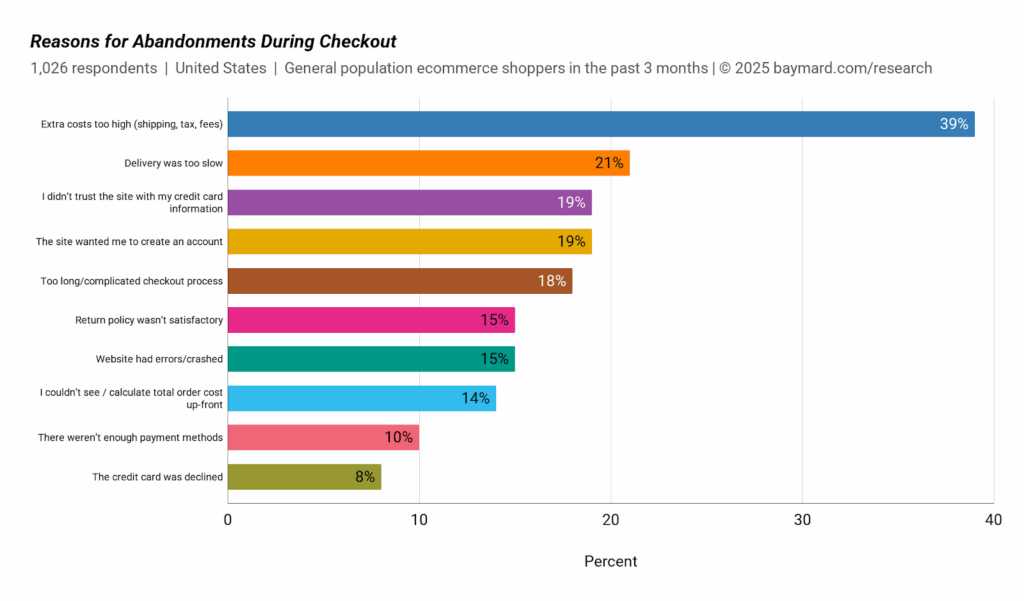
Source: Baymard
This highlights how delays can directly impact customer satisfaction and the overall experience that your Shopify dropshipping business can deliver.
Limited fulfillment control
You’ll have minimal control over shipping costs, carriers, or packaging when working with dropshipping suppliers. This can lead to inconsistencies across your product range and complicate efforts to maintain consistent product quality and a strong, recognizable brand experience for your potential customers.
Split shipments
A single order that includes dropshipping products from multiple suppliers can result in separate shipments, higher shipping rates, and increased complexity in order fulfillment. This often leads to longer wait times for your customers and higher operational expenses for you.
Returns complexity
Reverse logistics are challenging when you don’t hold inventory. Managing returns across a fragmented product catalog can complicate the order fulfillment process, leading to delays, increased costs, and customer dissatisfaction.
Inconsistent customer experience
Each supplier operates differently, making it challenging to enforce a consistent experience across product pages, product listings, and shipping windows. This variability can affect customer loyalty, satisfaction, and overall brand perception.
While these elements are a concern, they can be addressed with the proper operational foundation.
Turn dropshipping challenges into growth opportunities
While dropshipping can be challenging to scale, it presents an excellent opportunity to refine your business model, evolve your operations, and build stronger connections with suppliers and customers.
Here are some ways you can turn those growing pain points into opportunities for long-term success:
Gain real-time inventory visibility
Having accurate, real-time data is critical for a successful Shopify dropshipping experience. By syncing product details and streamlining product catalog management across suppliers and sales channels, you can reduce the risk of selling out-of-stock items or disappointing customers.
Modern order fulfillment platforms can alert your teams when stock levels drop, enabling quick adjustments and more informed forecasting across your product catalog.
Orchestrate dropship fulfillment intelligently
Use intelligent order orchestration logic to decide when to ship orders from a specific supplier, or when to split, delay, or reroute based on availability and location. By setting up fallback rules (e.g., if Supplier A is out of stock, automatically route to Supplier B), you can save on shipping costs and reduce delays, making your Shopify dropshipping experience more seamless.
With fabric’s order orchestration, you can centralize this logic across your Shopify account and suppliers, ensuring efficiency and resilience as your dropshipping business model grows.
Streamline communication with suppliers
Dropshipping often involves a network of multiple suppliers, making effective communication vital. Automated workflows can send orders instantly, receive tracking information, and manage exceptions across the supply chain, a core part of any successful e-commerce business built for high demand and long-term growth.
An OMS that integrates with supplier systems allows you to reduce manual follow-ups and build stronger, proactive relationships. This approach enhances reliability, resulting in a win-win for you, your suppliers, and your customers.
Enhance customer experience across dropshipping orders
Shoppers these days expect a seamless service regardless of how or when an item ships. You can set clear delivery expectations right from the product pages, consolidate shipment tracking across suppliers, and brand the post-purchase experience, even when a dropshipping supplier manages order fulfillment.
This approach enhances customer satisfaction, fosters customer loyalty, and reinforces brand trust.
Prepare for returns and exceptions
Reverse logistics can be challenging when dealing with dropshipping across multiple suppliers. By establishing clear return policies and making status updates accessible across sales and support platforms, you can minimize confusion and foster trust with your customers.
A modern order orchestration platform can enable seamless returns and exceptional handling, making the process manageable for both retailers and shoppers.
When to consider upgrading your dropshipping operations
As your Shopify dropshipping business grows, so do the operational complexities. Something that worked when you were managing a single supplier can become a bottleneck as your online store scales.
Here’s a checklist to help you identify when it’s time to evolve your approach:
You manage more than 2-3 dropship vendors
Suppose you’re relying on multiple suppliers to build a compelling product range, and your team spends significant time chasing stock updates or verifying availability. In that case, it may be time for a more sophisticated order fulfillment solution.
You frequently oversell or cancel due to inventory mismatches
If your Shopify store struggles with inventory storage data that’s out of sync across suppliers, you risk accepting orders for out-of-stock products. Not only can this lead to canceled customer orders, but it also damages trust and long-term customer loyalty.
You get complaints about slow shipping or inconsistent packaging
Customers expect a seamless, branded experience regardless of the product range or supplier. If shipping delays or inconsistent quality have started impacting reviews and repeat business, it’s worth exploring a more intelligent approach to order fulfillment.
You spend hours manually routing orders or following up with suppliers
If your team spends too much time chasing down suppliers, updating product pages, and checking shipment statuses, it can hamper growth. An automated order orchestration platform can save hours every week by consolidating shipment status across suppliers and making it easy to adjust routing as needed.
You want to expand into more channels or product categories without adding risk
As your e-commerce store grows, new opportunities arise, from adding trending products or expanding into new product category lines, to launching in new marketplaces. If making these moves means adding more operational complexity and risk, it’s worth considering a more robust Shopify dropshipping solution.
How order orchestration improves dropshipping for Shopify
Shopify provides a strong foundation for launching and scaling an e-commerce store, with robust integrations and customizable templates that make it ideal for starting to sell online.
As your dropshipping business expands, operational complexity grows. That’s where an intelligent order orchestration layer adds operational intelligence that works hand-in-hand with Shopify dropshipping to help you streamline and scale your fulfillment.
Here’s how a modern order orchestration approach improves dropshipping for your Shopify dropshipping store:
Consolidates inventory visibility across suppliers
With multiple suppliers, gaining a clear view of product availability can be challenging. An order orchestration layer connects suppliers in real-time, allowing you to view the location of every item across warehouses and suppliers, and ensuring that customers only order in-stock products.
Automates routing decisions based on availability, rules, or SLAs
Instead of relying on manual routing across suppliers, you can use intelligent rules and service-level agreements (SLAs) to determine the best path for each order. This approach streamlines order fulfillment, selecting the right supplier based on location, availability, and cost.
Reduces split shipments and delivery delays
With an orchestration layer in place, you can minimize split shipments across multiple suppliers, reducing shipping delays and shipping costs. Customers benefit from fewer packages and a more seamless experience across the Shopify dropshipping process.
Enables partial fulfillment while maintaining a unified UX
Customers often order a mix of dropshipping products, some available in stock, some delayed. An intelligent orchestration solution allows you to fulfill available items immediately, keeping your customers satisfied, while notifying them of delays for other items, ensuring a seamless and branded post-purchase experience.
Supports fallback options for out-of-stock products
By adding an order orchestration layer, you can create fallback rules that automatically route customer orders to alternate suppliers when one dropshipping supplier is out of a particular item. This approach ensures continuity and reliability, even in the event of unexpected inventory shortages.
Make dropshipping work smarter for you
While dropshipping is a powerful way to build a profitable business, scaling it successfully takes more than just a solid Shopify account and a simple, compelling product catalog. You need product research, deep knowledge of your product quality, and a focus on serving your target audience with the right product details and essential features.
It requires operational maturity, intelligent order fulfillment strategies, and tools that can adapt as your business evolves.
Shopify provides an ideal foundation, making it easy for you to start a dropshipping business and launch an online store. When combined with an intelligent order orchestration layer, you can move beyond basic fulfillment to:
- Minimize shipping delays and reduce costly split shipments
- Maintain real-time product availability across suppliers
- Ensure a seamless customer experience across every channel
With the right approach and technology, dropshipping can support long-term growth, higher profit margins, improved customer satisfaction, and stronger customer loyalty, making it a cornerstone for your modern e-commerce business.
Want to scale your Shopify dropshipping strategy without a hassle? Contact us and learn how fabric helps you to orchestrate smarter fulfillment across suppliers, making it easy to manage growing catalogs, complex supply chains, and rising customer expectations.

Digital content editorial team @ fabric


